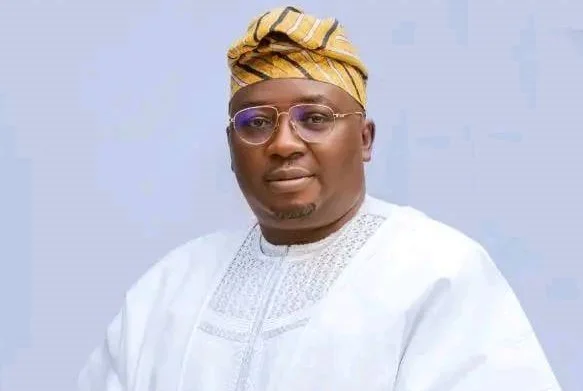Breaking News
The FEC Will Receive The Power Minister’s Draft Electricity Policy

The power minister said this was part of measures aimed at improving equitable access to electricity for all Nigerians particularly those in underserved communities, creating an enabling environment for investment to thrive and integrating renewable energy sources.
The power sector in Nigeria has been plagued with hydra-headed issues that has bogged the electricity generation and affected Nigeria’s industrialisation.
Adelabu had said the government has been working on ramping up power generation from about 4,000 megawatts to 6,000 megawatts in the next six months. He said 25% of Nigeria’s power generation is from hydroelectric power while the remaining 75% is from gas plants.
On April 3, 2024, NERC raised electricity tariff for customers enjoying 20 hours power supply daily. Customers in this category are said to be under the Band A classification.
According to the power minister, these actions are a part of efforts to integrate renewable energy sources, foster investment, and provide all Nigerians, especially those living in underserved communities, with more fair access to electricity.
Hydra-headed problems have beset Nigeria’s power sector, impeding the country’s ability to generate electricity and impeding its industrialization.
According to Adelabu, in the upcoming six months, the government intends to increase power generation from roughly 4,000 megawatts to 6,000 megawatts. According to him, gas plants generate 75% of Nigeria’s electricity, with hydroelectric power accounting for the remaining 25%.
NERC increased the price of electricity on April 3, 2024, for those who receive 20 hours of power per day. Clients in this group are referred to as belonging to Band A.
Customers now pay N225 kilowatt per hour instead of N66 after the increase, a development that has drawn harsh criticism from many Nigerians given the timing of the tariff hike and the current hardships in the country.

